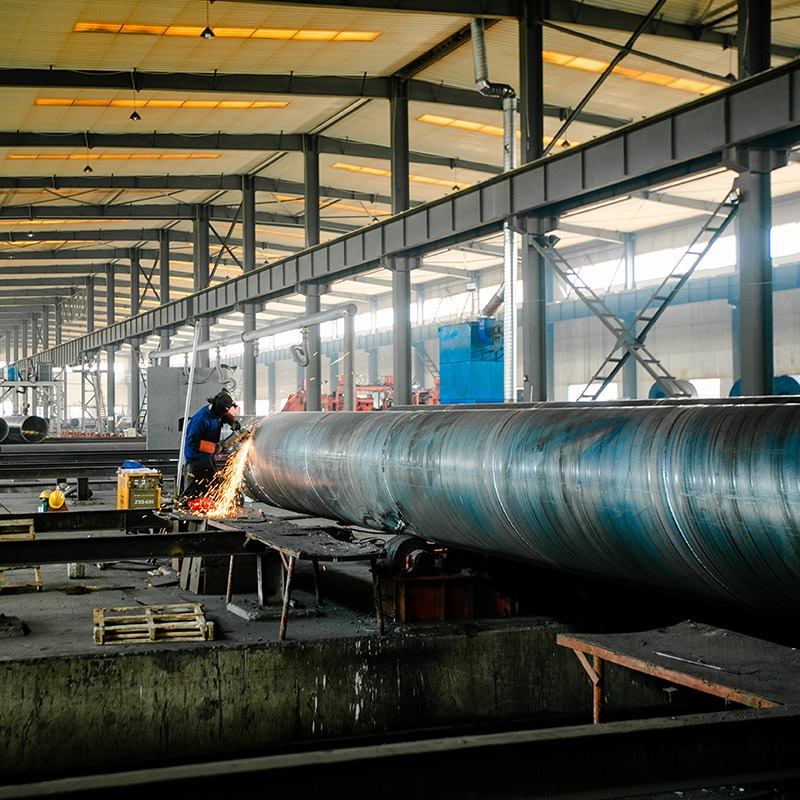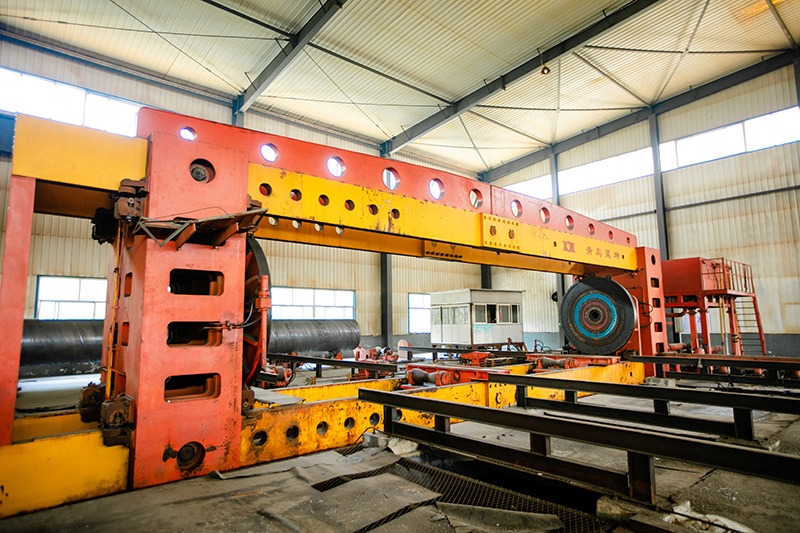In the world of fire protection, the integrity and reliability of fire protection piping is of paramount importance. These systems are designed to protect life and property from the destructive effects of fire. To ensure their effectiveness, it is critical to understand the basic components of fire protection piping and follow best practices for its installation and maintenance.
Basic components of fire protection pipeline
Firefighting piping consists of several key components that work together to effectively deliver water or fire extinguishing agents. The main components include:
1. Pipes: Pipes are the backbone of all fire protection systems, responsible for transporting water from the source to the fire. In modern systems, spiral seam welded pipes are increasingly favored due to their resistance to high temperatures and pressures. These pipe lines are designed specifically for fire protection applications, ensuring safety and reliability.
2. Fittings and Valves: These components are essential for directing the flow of water and controlling the system. Valves can isolate certain sections of the pipe during maintenance or in the event of a malfunction.
3. Hose and Nozzle: The hose is connected to the pipe and is used to deliver water directly to the fire scene. The nozzle controls the water flow and spray pattern and is essential for effective firefighting.
4. Pump: Fire pumps are essential to maintaining adequate pressure within the system, especially in high-rise buildings or areas where gravity-fed water systems are inadequate.
5. Water Supply: A reliable water source is critical to any fire protection system. This can include a municipal water supply, tanks, or reservoirs.
Best Practices for Fire Protection Pipe Systems
To ensure the effectiveness of your fire protection piping, several best practices should be followed:
1. Regular Inspection and Maintenance: Regular inspection of the entire system, including pipes, valves, and pumps, is essential to detect and correct problems before they become serious. This includes checking for leaks, corrosion, and blockages.
2. Proper Installation: It is critical to hire qualified professionals to install fire pipe line. Adhering to local codes and standards ensures that the system design meets the specific needs of the environment it serves.
3. Use Quality Materials: As mentioned earlier, it is highly recommended to use spiral seam welded pipes in fire protection systems. These pipes are not only strong and durable, but they can also withstand the extreme conditions that may occur during a fire.
4. Training and Drills: Regularly training personnel on how to operate fire protection systems and conduct fire drills can significantly improve the efficiency of response in emergency situations.
5. Documentation and Record Keeping: Maintaining accurate records of system inspections, maintenance, and any modifications is critical to compliance and ensuring system reliability.
in conclusion
Fire protection piping is an essential component of any fire protection strategy. Understanding its basic components and following best practices can significantly improve the safety and reliability of these systems. Companies like ours, located in Cangzhou, Hebei Province, have been at the forefront of high-quality fire protection material manufacturing since 1993. With a massive 350,000 square meter facility and a dedicated workforce of 680 people, we are committed to providing the best fire safety solutions. We always prioritize quality and reliability, ensuring that our products, including spiral seam welded pipes, meet the highest standards for fire protection systems.
Post time: May-20-2025


